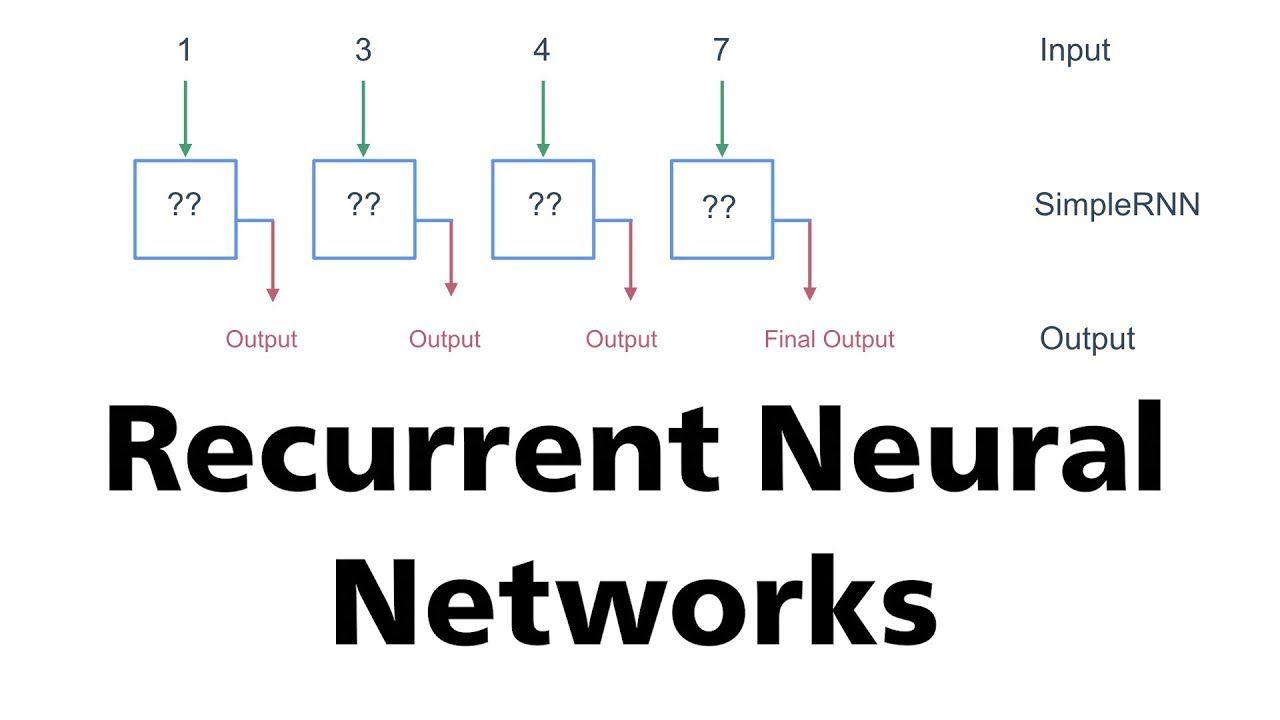A recurrent neural network (RNN) is an input node (hidden layer) that feeds sigmoid activation. The way an RNN does this is to take the output of one neuron and return it as input to another neuron or feed the input of the current time step to the output of earlier time steps. Here you feed the input from the previous times step by step into the input of the current times and vice versa.
This can be used in a variety of ways, such as through learning gates with known variations or a combination of sigmoid activation and a number of other types of neural networks.
Some of the applications for RNNs include predicting energy demand, predicting stock prices, and predicting human behavior. RNNs are modeled over time — based and sequence-based data, but they are also useful in a variety of other applications.
A recurrent neural network is an artificial neural network used for deep learning, machine learning, and other forms of artificial intelligence (AI). They have a number of attributes that make them useful for tasks where data needs to be processed sequentially.
To get a little more technical, recurring neural networks are designed to learn a sequence of data by traversing a hidden state from one step of the sequence to the next, combined with the input, and routing it back and forth between the inputs. RNN are neural networks that are designed for the effective handling of sequential data but are also useful for non-sequential data.
These types of data include text documents that can be seen as a sequence of words or audio files in which you can see a sequence of sound frequencies and times. The more information about the output layer is available, the faster it can be read and sequenced, and the better its performance.
#recurrent-neural-network #lstm #rnn #artificial-intelligence #neural network
